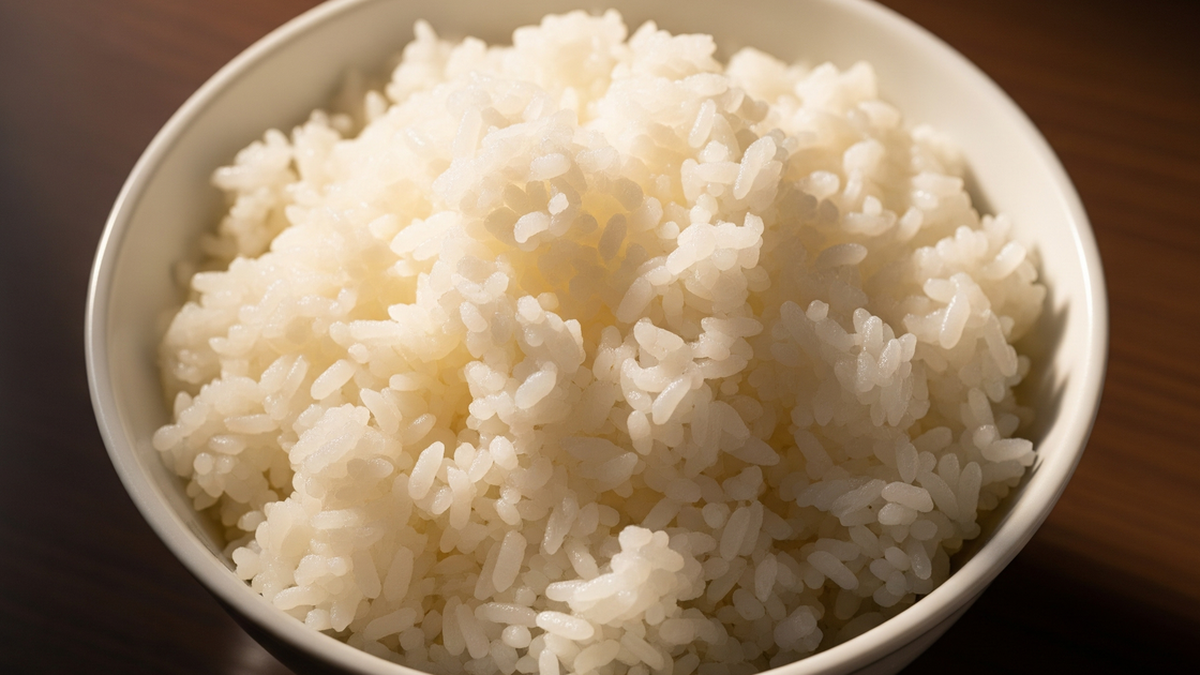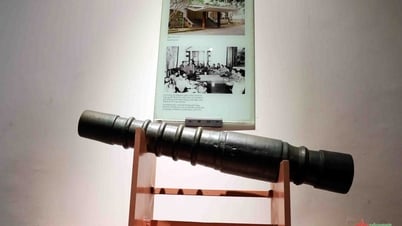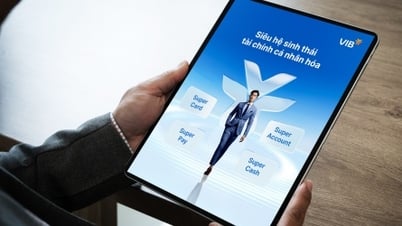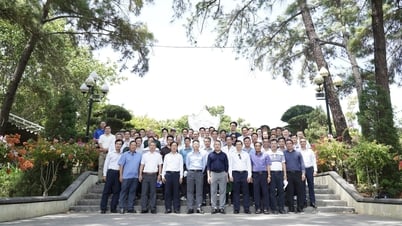Cooling fans are common on larger devices like computers, although that changed when Apple introduced the M1 MacBook Air — the first computer to use Apple’s own CPU. So why doesn’t an iPhone need a cooling fan, even when it’s doing heavy tasks like gaming?

Many design elements help the iPhone run quite cool without a fan.
PHOTO: K. VAN
Factors that help iPhone run cool
In fact, Apple has adopted several methods to help the iPhone dissipate heat on its own without the need for this cooling device.
- Heat dissipation material: iPhones are usually made of aluminum or glass, in which aluminum is a good heat conductor that helps transfer heat to the outside quickly. This not only helps cool but also saves production costs.
- Optimized internal design: The components inside the iPhone, such as the processor, are strategically placed to prevent heat buildup. Although the internal space is quite limited, this design helps distribute heat effectively.
- Power and performance control: iOS has the ability to throttle performance when it detects that the device is generating a lot of heat. For example, if the processor is working too hard, the phone can temporarily reduce performance to avoid overheating, which can be seen by reducing the maximum brightness or not allowing the flashlight to turn on.
- Natural convection: Even without a fan, the iPhone still uses the surrounding air circulation to dissipate heat. However, some ill-fitting cases can trap heat and hinder this process.
In short, not using a fan helps the iPhone maintain a compact and energy-efficient design. While fans can improve cooling performance, integrating them into the limited space of the iPhone is impractical and can increase battery costs.
So be careful when using a case in the summer and avoid low-quality cases. Every detail of the iPhone is designed to work optimally, so any small change can affect the performance of the device.
Source: https://thanhnien.vn/tai-sao-iphone-khong-su-dung-quat-lam-mat-185250513110507057.htm






































































































Comment (0)